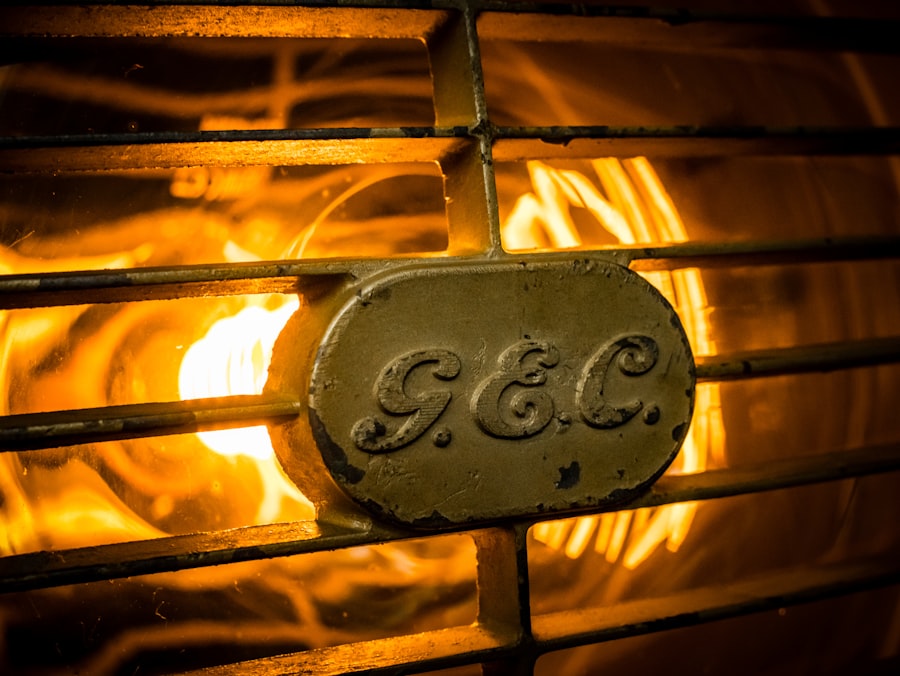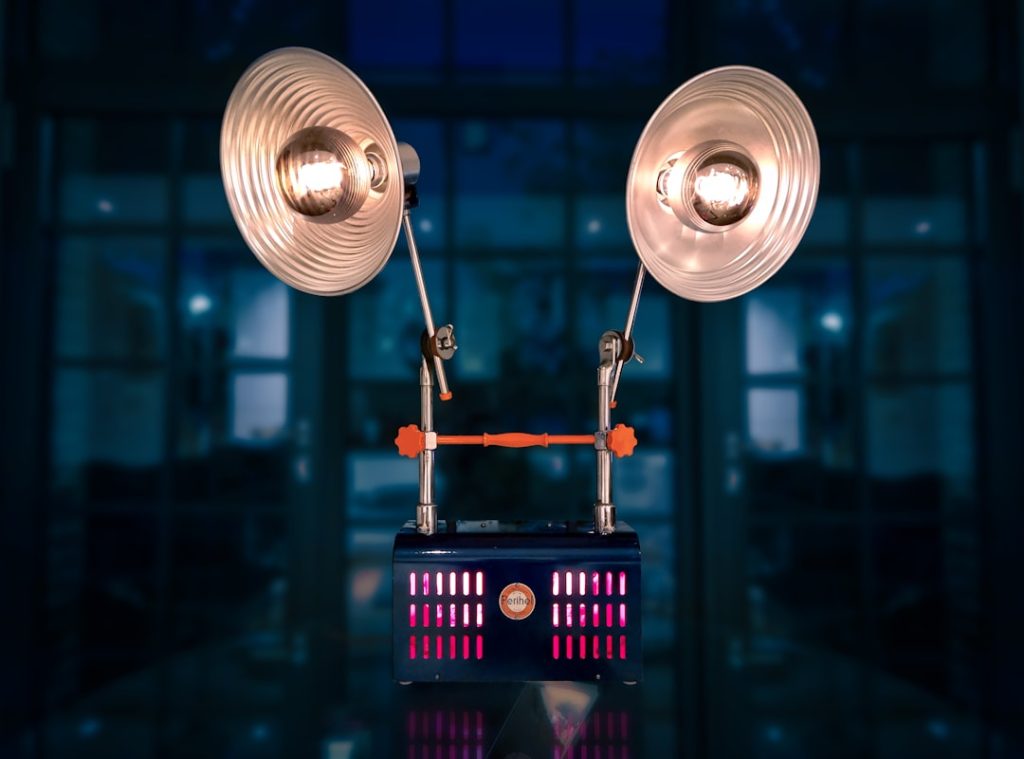Insulating a chicken coop is crucial for maintaining a stable internal temperature throughout the year. Proper insulation helps keep the coop warm in winter and cool in summer, ensuring the comfort and well-being of the flock. Several insulation options are available, including foam board, reflective materials, and recycled denim.
Foam board insulation is widely used due to its ease of installation and high thermal resistance. Reflective insulation effectively reflects heat, aiding in temperature regulation. Recycled denim insulation offers good thermal performance and is an environmentally friendly choice that is safe for chickens.
Insulation should be applied to the coop’s walls, ceiling, and floor. For floor insulation, adding a layer of straw or hay provides additional warmth and comfort. Properly insulating a chicken coop not only ensures the health and comfort of the birds but also reduces energy consumption and heating costs during colder months.
A well-insulated coop creates an optimal environment for chickens to thrive throughout the year, particularly during harsh weather conditions.
Table of Contents
- 1 Provide heat sources
- 2 Use deep bedding
- 3 Seal drafts
- 4 Add extra bedding
- 5 Install a heated waterer
- 6 Consider adding a heat lamp
- 7 FAQs
- 7.1 What are the best ways to keep chickens warm in the coop?
- 7.2 How can I insulate my chicken coop to keep it warm?
- 7.3 Is it safe to use heat lamps or heaters in the chicken coop?
- 7.4 How important is ventilation in keeping chickens warm in the coop?
- 7.5 What type of bedding is best for keeping chickens warm in the coop?
Key Takeaways
- Insulating the coop helps to retain heat and keep the chickens warm during cold weather
- Providing heat sources such as a heat lamp or heated waterer can help maintain a comfortable temperature in the coop
- Using deep bedding provides insulation and helps to keep the coop warm
- Sealing drafts in the coop prevents cold air from entering and warm air from escaping
- Adding extra bedding helps to provide additional insulation and warmth for the chickens
Provide heat sources
Heat Sources for the Coop
In addition to insulating the coop, providing heat sources is crucial for keeping your chickens warm during the winter. There are several options for heating a chicken coop, including heat lamps, radiant heaters, and heated pads.
Types of Heat Sources
Heat lamps are a popular choice as they provide a direct source of heat and can be easily installed in the coop. Radiant heaters are another effective option, as they emit infrared heat that warms the objects and surfaces in the coop, creating a comfortable environment for the chickens. Heated pads are also a good choice for providing warmth, as they can be placed under the bedding to keep the coop floor warm.
Safety Precautions
When using heat sources in the chicken coop, it’s important to ensure that they are installed safely and securely to prevent any fire hazards. It’s also essential to monitor the temperature inside the coop regularly to ensure that it stays within a comfortable range for the chickens.
A Healthy and Happy Flock
By providing adequate heat sources, you can help your chickens stay warm and healthy during the winter months.
Use deep bedding

Deep bedding is an effective way to keep your chickens warm during the winter while also providing them with a comfortable and clean living environment. Deep bedding involves adding a thick layer of bedding material, such as straw, hay, or wood shavings, to the floor of the coop. This bedding not only provides insulation but also absorbs moisture and odors, creating a healthier and more comfortable environment for the chickens.
In addition to providing insulation and moisture absorption, deep bedding also encourages natural behaviors in chickens, such as scratching and dust bathing. This helps to keep the chickens active and engaged, promoting their overall health and well-being. Deep bedding should be regularly turned and fluffed to prevent it from becoming compacted and to ensure that it continues to provide adequate insulation and comfort for the chickens.
Seal drafts
Sealing drafts in the chicken coop is essential for maintaining a warm and comfortable environment for your flock during the winter months. Drafts can significantly lower the temperature inside the coop, making it uncomfortable and potentially harmful for the chickens. To seal drafts, it’s important to inspect the coop for any gaps or cracks in the walls, windows, doors, and vents.
These areas should be sealed with caulk or weather-stripping to prevent cold air from entering the coop. In addition to sealing gaps and cracks, it’s also important to ensure that windows and doors are properly insulated. Adding storm windows or plastic sheeting over windows can help to reduce heat loss and prevent drafts.
Installing insulated doors or adding weather-stripping around doors can also help to keep cold air out of the coop. By sealing drafts in the chicken coop, you can create a more comfortable and energy-efficient environment for your flock during the winter months.
Add extra bedding
Adding extra bedding to the chicken coop is another effective way to keep your flock warm and comfortable during the winter. In addition to providing insulation, extra bedding helps to create a soft and comfortable surface for the chickens to rest on. This is especially important during the winter when chickens may spend more time inside the coop due to cold weather.
When adding extra bedding to the coop, it’s important to use materials that provide good insulation and absorb moisture, such as straw, hay, or wood shavings. The bedding should be regularly fluffed and turned to ensure that it remains dry and comfortable for the chickens. By adding extra bedding to the coop, you can help your flock stay warm and cozy during the winter months.
Install a heated waterer

Why Heated Waterers Are Necessary
Heated waterers are designed to prevent water from freezing by using a built-in heating element that keeps the water at a constant temperature. This is especially important during the winter months when freezing temperatures can be detrimental to your flock’s health.
Types of Heated Waterers
There are several types of heated waterers available, each with its own unique benefits. Heated bowls are a popular choice as they are easy to use and can be placed directly on the floor of the coop. Heated bases are another effective option, as they can be used with existing water containers to prevent freezing.
Choosing the Right Heated Waterer for Your Flock
Heated nipples are a good choice for larger flocks, as they provide access to water without the risk of spillage or contamination. When selecting a heated waterer, consider the size of your flock and the specific needs of your chickens. By choosing the right heated waterer, you can ensure your flock stays healthy and hydrated throughout the winter months.
Consider adding a heat lamp
Adding a heat lamp to the chicken coop is another option for providing supplemental warmth during the winter months. Heat lamps emit radiant heat that warms the air and surfaces in the coop, creating a comfortable environment for the chickens. They are especially useful for providing warmth in specific areas of the coop, such as nesting boxes or roosting areas.
When using a heat lamp in the chicken coop, it’s important to ensure that it is installed safely and securely to prevent any fire hazards. The lamp should be placed at a safe distance from flammable materials and should be equipped with a protective guard to prevent accidental contact with the hot bulb. It’s also essential to monitor the temperature inside the coop regularly to ensure that it stays within a comfortable range for the chickens.
In conclusion, keeping your chickens warm during the winter months is essential for their health and well-being. By insulating the coop, providing heat sources, using deep bedding, sealing drafts, adding extra bedding, installing a heated waterer, and considering adding a heat lamp, you can create a comfortable and cozy environment for your flock throughout the colder months. With proper care and attention to their living conditions, your chickens can stay happy and healthy even when temperatures drop outside.
If you’re looking for tips on how to keep your chickens warm in the coop during the colder months, you might want to check out this article on 10 Ways to Keep Your Chickens Warm in the Coop. It offers practical advice on how to insulate the coop, provide adequate ventilation, and use heat lamps safely to ensure your feathered friends stay cozy and comfortable.
FAQs
What are the best ways to keep chickens warm in the coop?
Some of the best ways to keep chickens warm in the coop include providing adequate insulation, using heat lamps or heaters, ensuring good ventilation, and providing plenty of bedding for the chickens to nestle in.
How can I insulate my chicken coop to keep it warm?
You can insulate your chicken coop by using materials such as straw bales, foam boards, or reflective insulation. Make sure to insulate the walls, ceiling, and floor of the coop to keep the warmth in and the cold out.
Is it safe to use heat lamps or heaters in the chicken coop?
Yes, it is safe to use heat lamps or heaters in the chicken coop as long as they are installed properly and used according to the manufacturer’s instructions. Make sure to keep them away from flammable materials and to monitor them regularly.
How important is ventilation in keeping chickens warm in the coop?
Ventilation is crucial in keeping chickens warm in the coop as it helps to remove moisture and ammonia from the air, which can make the coop feel colder. Good ventilation also helps to regulate the temperature and prevent the buildup of harmful gases.
What type of bedding is best for keeping chickens warm in the coop?
The best bedding for keeping chickens warm in the coop is straw, hay, or wood shavings. These materials provide insulation and help to keep the chickens comfortable and warm during cold weather.
Meet Walter, the feathered-friend fanatic of Florida! Nestled in the sunshine state, Walter struts through life with his feathered companions, clucking his way to happiness. With a coop that’s fancier than a five-star hotel, he’s the Don Juan of the chicken world. When he’s not teaching his hens to do the cha-cha, you’ll find him in a heated debate with his prized rooster, Sir Clucks-a-Lot. Walter’s poultry passion is no yolk; he’s the sunny-side-up guy you never knew you needed in your flock of friends!







